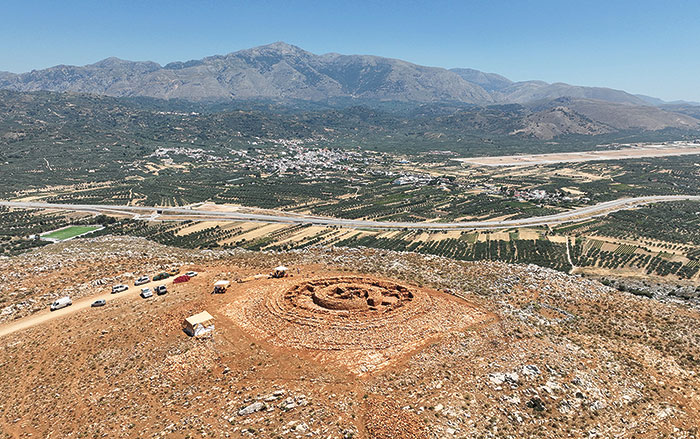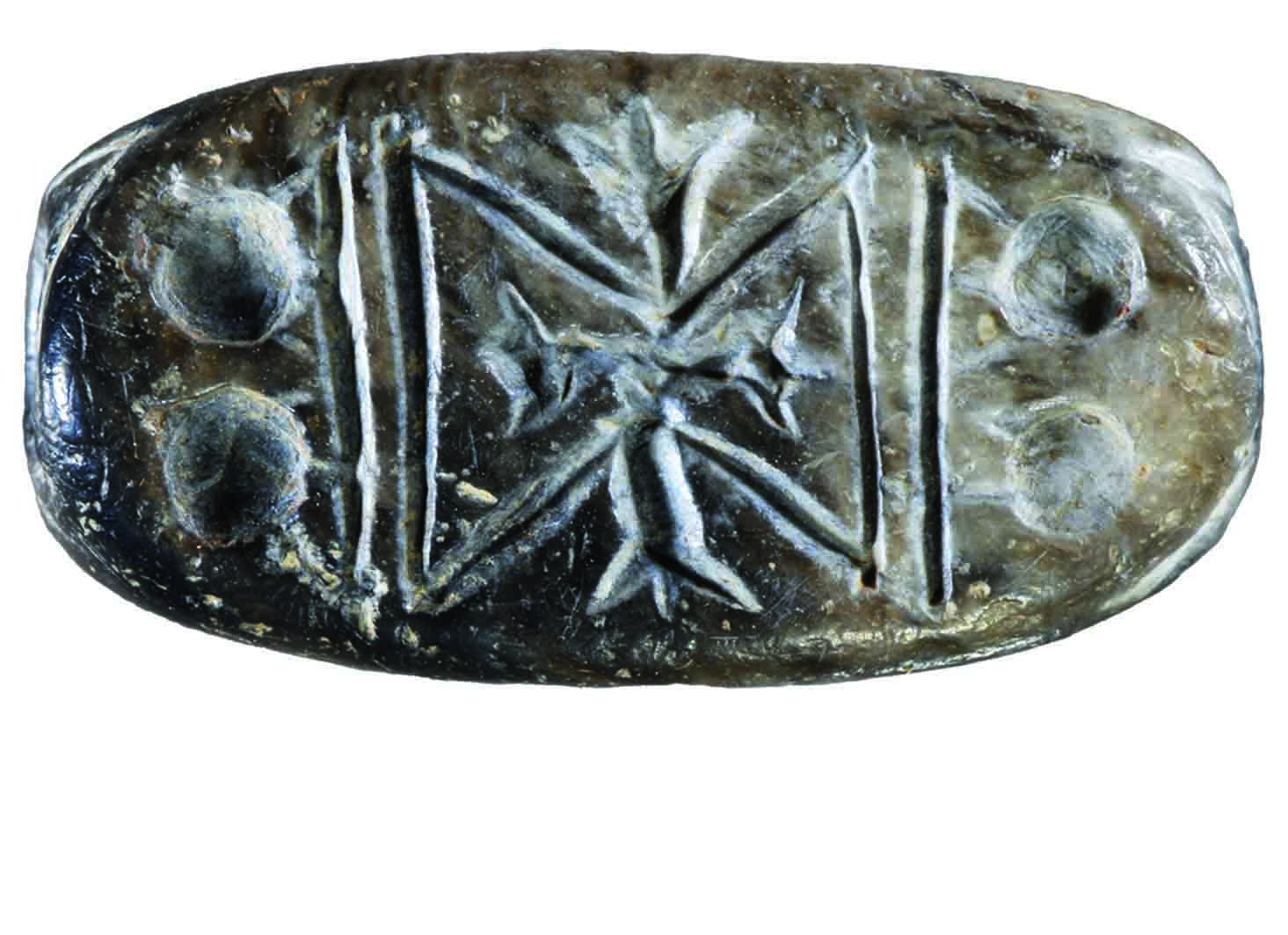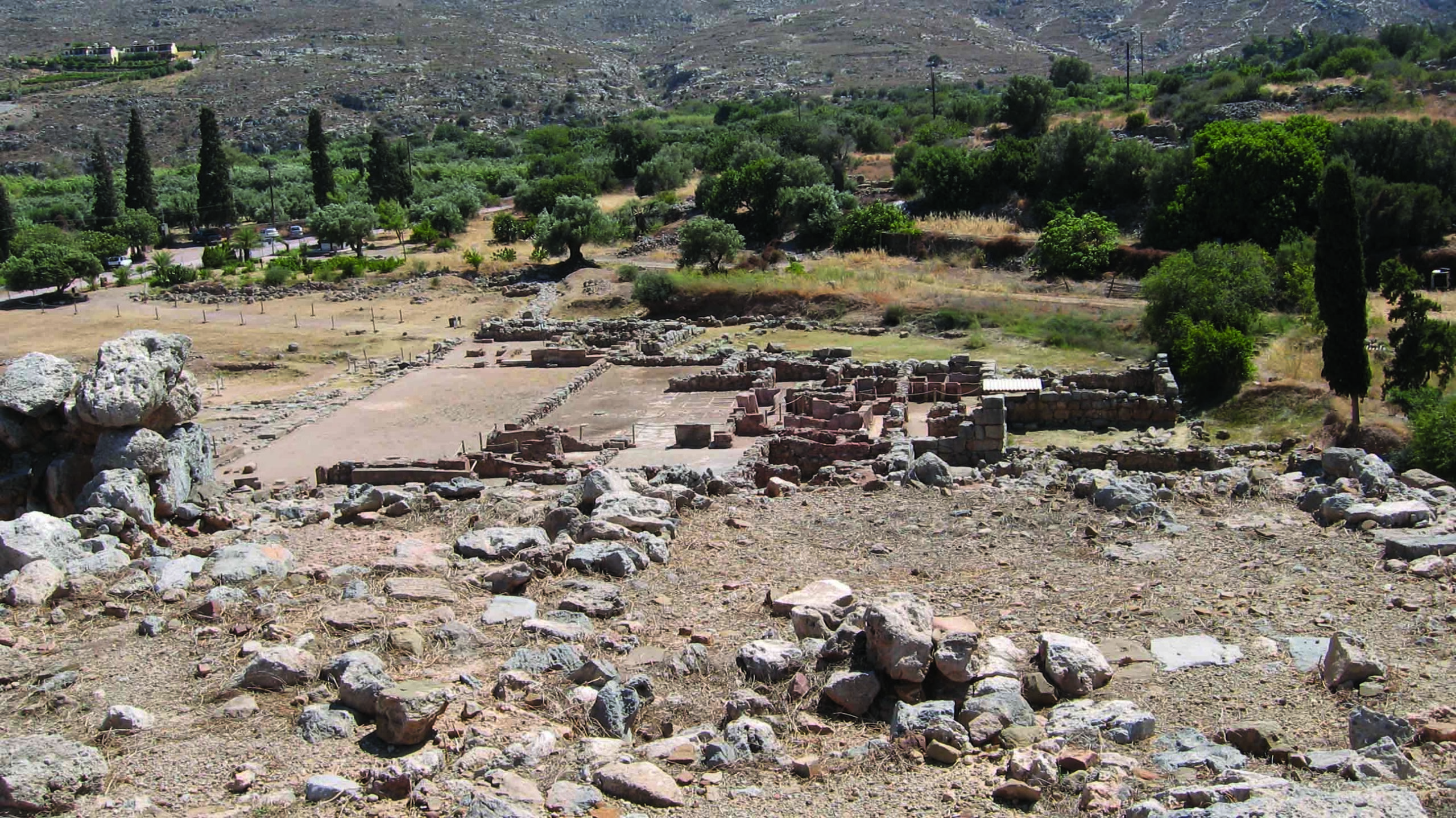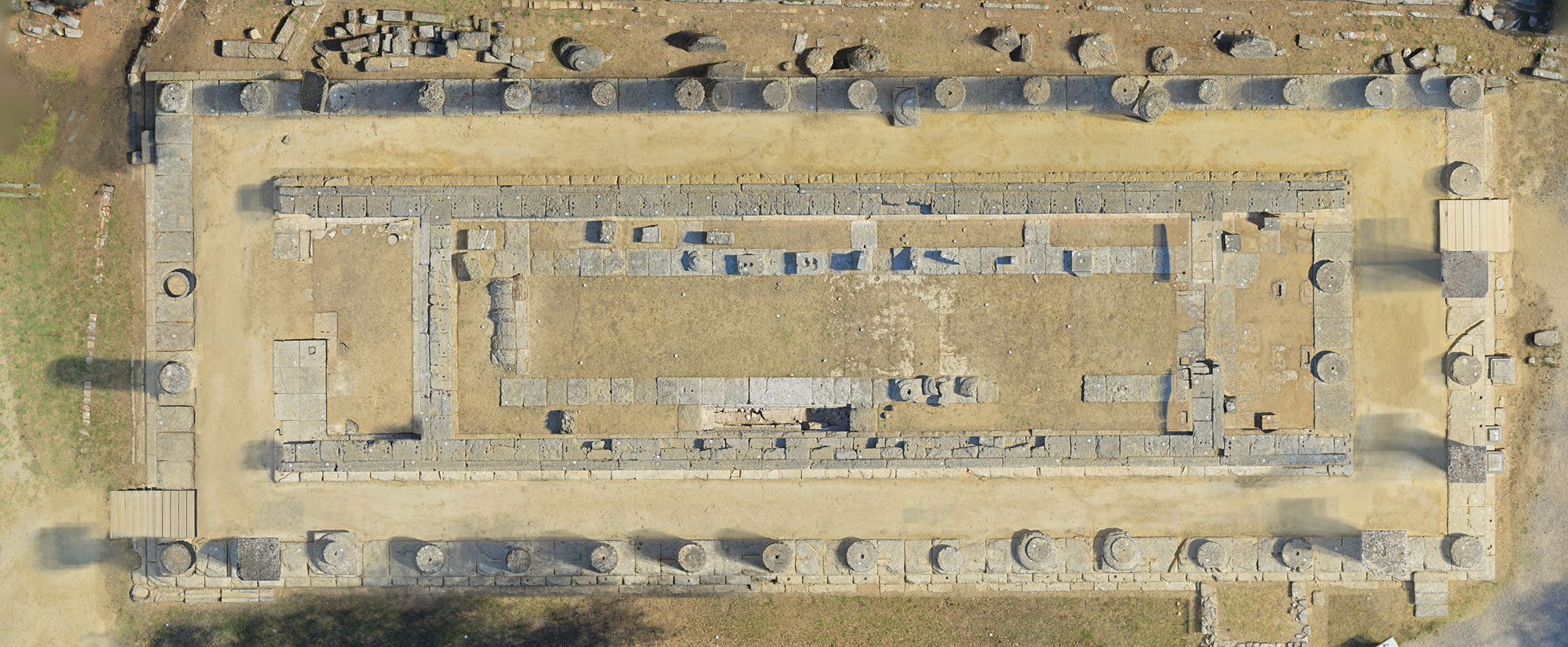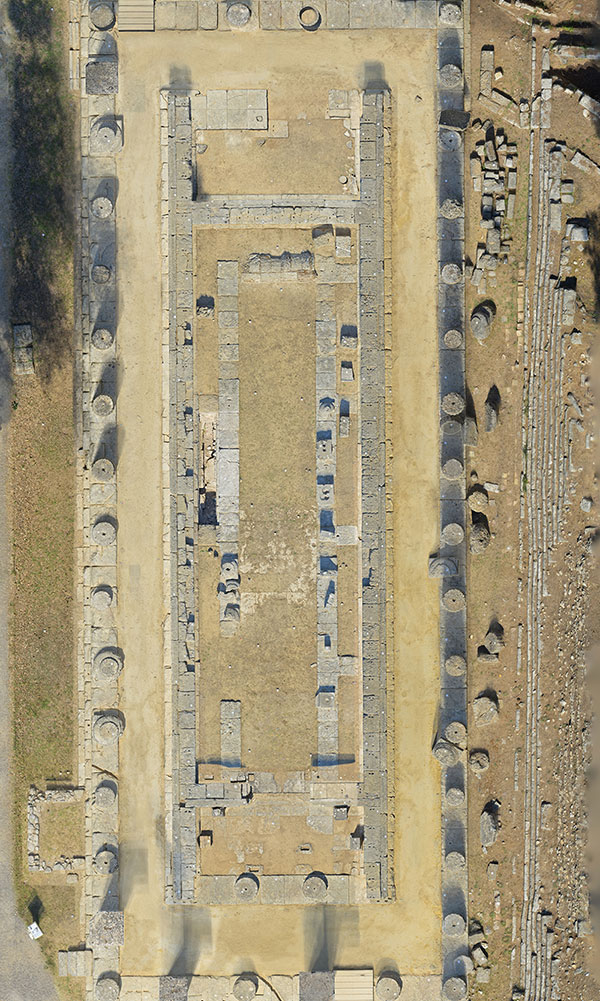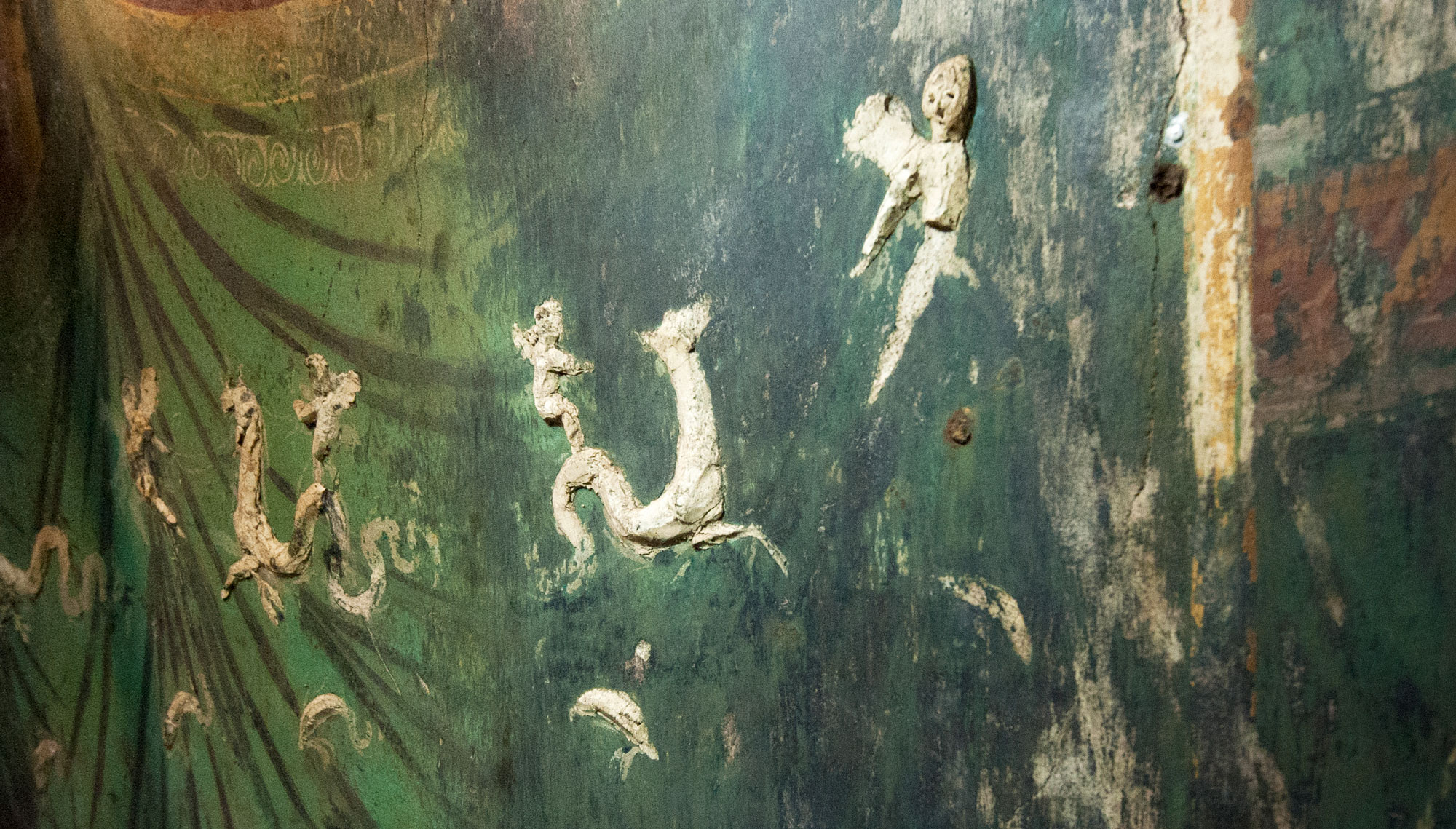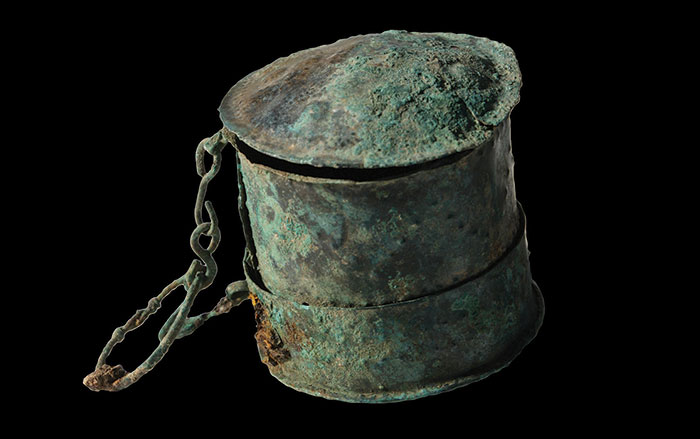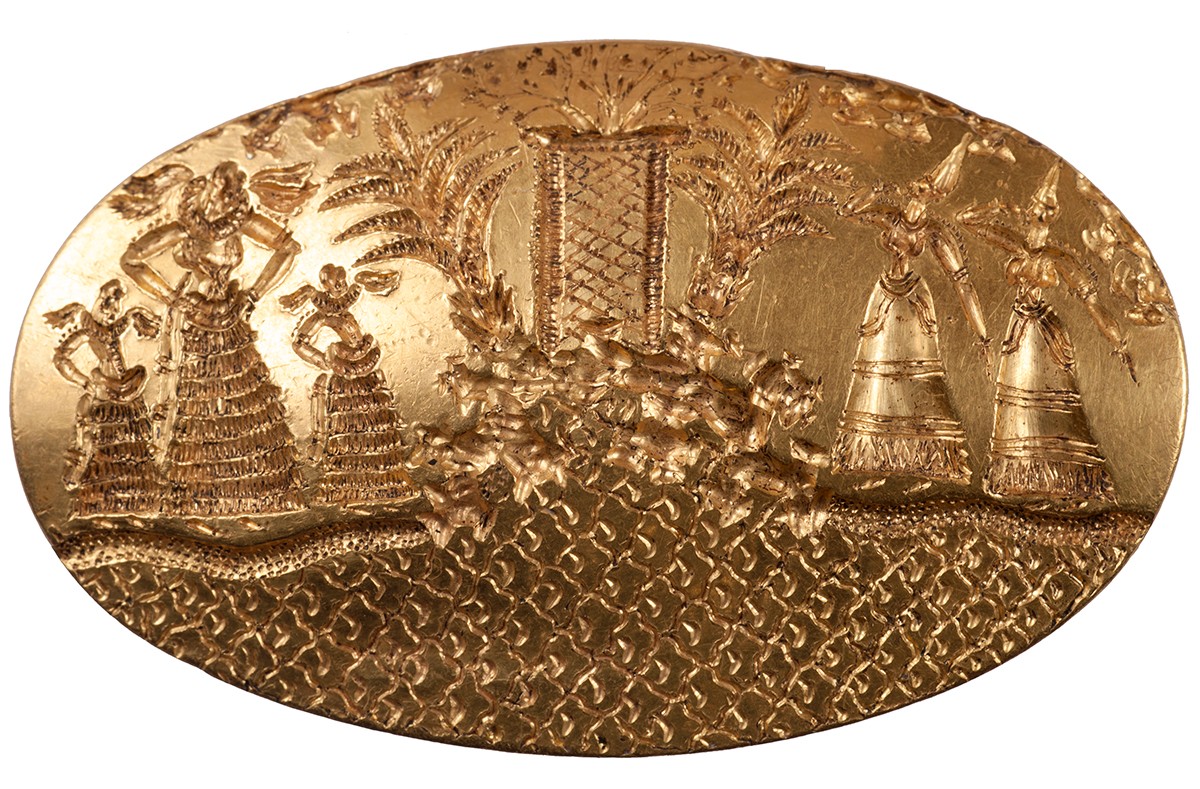
CINCINNATI, OHIO—The New York Times reports that Jack L. Davis and Sharon R. Stocker of the University of Cincinnati think that the artifacts uncovered last year in the 3,500-year-old grave of the “Griffin Warrior” were symbols of his power as a ruler of the town of Pylos, located on the southwestern coast of Greece. It had been suggested that the more than 2,000 artifacts associated with the burial, including four solid gold engraved rings, silver cups, beads of precious stones, a bronze mirror, ivory combs, weapons, pottery, and an ivory plaque engraved with a griffin, were plundered from the Minoans, who lived on the island of Crete. Davis and Stocker now say that the objects in the grave reflect the Minoan-style images engraved on the gold rings, and imply that elites living on mainland Greece understood Minoan culture and used it to establish power. “Whoever they are, they are the people introducing Minoan ways to the mainland and forging Mycenaean culture,” Davis said. For more on archaeology in Greece, go to “A New View of the Birthplace of the Olympics.”



